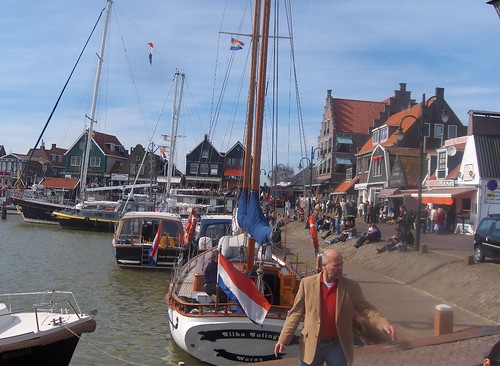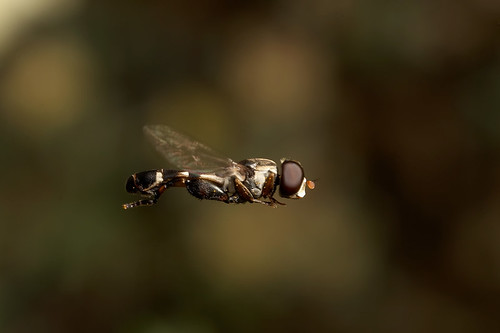YOUTUBE
.......an amazing story written in just 5 short years.
Where will this incredible story take us???
REFLECTIONS ON LEARNING
"Hey finally something I know a bit about. YouTube you say? I already have an account and have actually used it to watch some videos. I know quite a bit about this."
These were my initial thoughts going into the week. I had used YouTube and even had an account set up. I recall that I set up an account some time ago. Perhaps it was last spring. Now what was the account name? I tried to remember but had to search my gmail to find the account details. If anyone is looking for me, my YouTube user name is evarj. I recall as I was setting up the account I knew very little about the site. I had heard people talking about it and my children had been watching videos from it but I knew very little. I recall that I so little about it that I spelled it u-tube when I was looking for it. I tried to recall when I had last used my account. It had been a very long time ago.
As I went into my YouTube account it became apparent that I actually had not explored its possibilities and features much at all. I had simply set up an account, accessed it a few times and watched the odd video. I had not examined any of the social networking capabilities it offers. I had not rated nor commented on any of the videos I had watched. I had not explored any of the account settings that are available to me. I had not even uploaded a video.
My greatest learning came from creating and uploading my very first video to YouTube. I dug out my webcam and set it up. I realized that I did not have the software for it anymore since I had changed computers and not used the webcam since the change. I had to download and install the webcam video software. That went fine and now time to create the video. What should I talk about? Where should I shoot it? What will I look and sound like? These were all the simple things I never realized would become so important to plan in advance. The answers to these questions can be found by playing my first video by clicking the link to it here http://www.youtube.com/watch?v=XuGbfvljJKk or by playing the embedded video in the next section. Linking and embedding video are two things I learned to do as well and found them to be quite easy to do. I learned that there is a lot to think about in the creation, editing and uploading of a video but it is a very simple process. I also learned that there are a few simple things you can do to edit your videos within the YouTube site. You can add thought bubbles and comments right into the video. You can add titles, tags, and categories to help in searching for your videos. You can control who sees the video plus if and how they can comment on the video. There is a whole other side to YouTube that is opened up to you once you start to add video of your own and the best thing about it is that it is so easy to do. I suppose that is why it has become such a popular site.
Another part of my learning came from the readings and trailfire. I was completely captivated by the story of YouTube that was found on the trailfire : An anthropological introduction to YouTube This video is about an hour in length but I found it was so interesting that I had to watch the entire thing. It tells the story of YouTube from an anthropological point of view. If any of you have not watched it I highly recommend it.
Davies and Merchant (2009) note 10 things that can be done with YouTube.
1. Watch videos
2. Respond to videos in writing
3. Respond to videos by uploading another video
4. Report offensive videos
5. Embed videos into other sites and blogs
6. Upload videos and control access to them by others
7. Subscribe to users' video and receive alerts when new videos are added
8. Participate in Test Tube
9. Produce profiles of self and view others
10. Friend people and send email via YouTube.
2. Respond to videos in writing
3. Respond to videos by uploading another video
4. Report offensive videos
5. Embed videos into other sites and blogs
6. Upload videos and control access to them by others
7. Subscribe to users' video and receive alerts when new videos are added
8. Participate in Test Tube
9. Produce profiles of self and view others
10. Friend people and send email via YouTube.
I had tried out only one of these prior to this class (#1) and knew of another (#6). In the past week I was able to explore this tool a little bit more but still have a lot of work to do to feel like I know it well.
Davies and Merchant (2009) also point out that YouTube feels different than other Web 2.0 sites. I would agree with them in that you do not have the feeling that you are in your own private site when you log onto you YouTube account. I noticed this compared to the experience I had with sites such as Flickr, Facebook and Twitter. When logged into these sites you feel like you are in your own "private area" more so than in Youtube. I thought that to be an interesting note that they made.
PERSONAL LEARNINGS
To me the personal learnings from this site are a bit limited. I learned a lot about YouTube but do not think it will be something I get a lot of personal use from. My family does not have a video camera (no caveman comments please) so we do not create a lot of personal video. As such I think that I will be limited to creation of simple videos such as the one I created for this project and have embedded below.
As you can easily see from the video I lack star power. I am not at all like the Numa Numa guy. Our family has used YouTube to locate and watch our favorite parts of sitcoms or music videos. This, we will continue to use as long as they are allowed to be posted on YouTube. The whole copyright issue is present here as well. A personal use that I may get from this is the use of "how to" videos. I never thought of this as a resource when looking for a "how to". I have done a bit of looking and there are many good "how to" videos that could be used to help out around the house.
TEACHING AND LEARNING
Although I was not an expert in YouTube I was acutely aware of its value to teaching and learning. This is perhaps the Web 2.0 tool that is most widely used in our schools at this time. Along with our catalyst teachers I have put together a list of several ways that Youtube is being used in classrooms within our school division.
1. Sharing student-made videos.
2. Recording lessons for later use
3. Recording tutorials for later use (one of our distance learning teachers has most of his Math classes on YouTube)
4. Educational videos. While many videos are technically copyright, many holders don't care and allow them to be kept up on YouTube. Some are excellent professional educational videos.
5. Educational videos part 2: Hundreds of teachers and professors use YouTube for distributing their own lessons and these are accessible by others. For example, our distance learning teacher's videos can be viewed by anyone.
6. Educational videos part 3: Many students have made videos for courses that they've shared on YouTube.
7. Commercials for analyzing for media studies, or other courses.
8. Discussion starters. On YouTube, anyone can have an opinion and these can be used for class discussion.
9. Tutorials for difficult questions in math or any subject.
10. Before doing any kind of video work with students, one teacher uses youtube videos as examples and tries to de-construct what was done in the youtube video. For example, before having students create video ads, he always does an exercise he calls reverse storyboarding where they analyze the shots, how they were composed, and in what sequence they might have been shot.
11. He does a similar thing with stop-motion video. In order to broaden the students' notion of what the genre is, they first examine some quality examples on YouTube.
12. He has a Google Docs presentation which examines the various appeals used in Public Service Ads. It includes numerous links to youtube videos as examples of each method of appeal.
13. As a result of some of these projects, students have uploaded their Ads, PSAs, and stop motion videos to youtube. The great thing about most stop motion is that there aren't usually images of students involved, so there is little security risk.
14. For a social studies teacher, youtube is indispensable for discussing current events. The other day, when introducing a unit on earthquakes to grade 3's, we started out by discussing the earthquake in Haiti. He was able to punctuate that discussion with video footage taken by a security camera on the American Embassy.
15. All the video tutorials we do now are posted to YouTube.
16. For middle years science teachers, all the Bill Nye, the Science Guy videos are on YouTube.
17. When constructing a PAA unit on Geocaching, we were able to construct 80% of the course material on geocaching and the science behind GPS from existing youtube videos.
18. One particularly good use, is the demonstration of potentially dangerous experiments (chemistry, physics) that one would never be able to do in the classroom.
This is a list of some of the great things that are being done with the help of Youtube in our schools.
Other issues usually spring from inadequate supervision or ignorance of the technology. An example would be when staff becomes upset because students they've allowed into a computer lab unsupervised at noon are watching inappropriate material. Another example would result when staff allow students to "listen" to music by playing youtube videos, but neither staff nor students make the connection to the subsequent degradation of Internet/bandwidth performance.
We also have encountered issues with our IT department using blocking software that makes YouTube difficult (if not impossible) to watch. They have a lack of understanding regarding the educational benefits we can achieve from using YouTube.
Perhaps the greatest issue related to the use of YouTube is privacy rights of students. Video involving students may get posted without students and parents permission being granted. This is extremely difficult to monitor and control when video posting is becoming so popular.
In spite of the issues YouTube continues to gain popularity in our schools. It is a wave like a tsunami that keeps gaining power and is overtaking us.
Until next time....
References
Davies, J & Merchant, G. (2009). Web 2.0 for schools learning and social participation, New York: Peter Lang Publishing.


